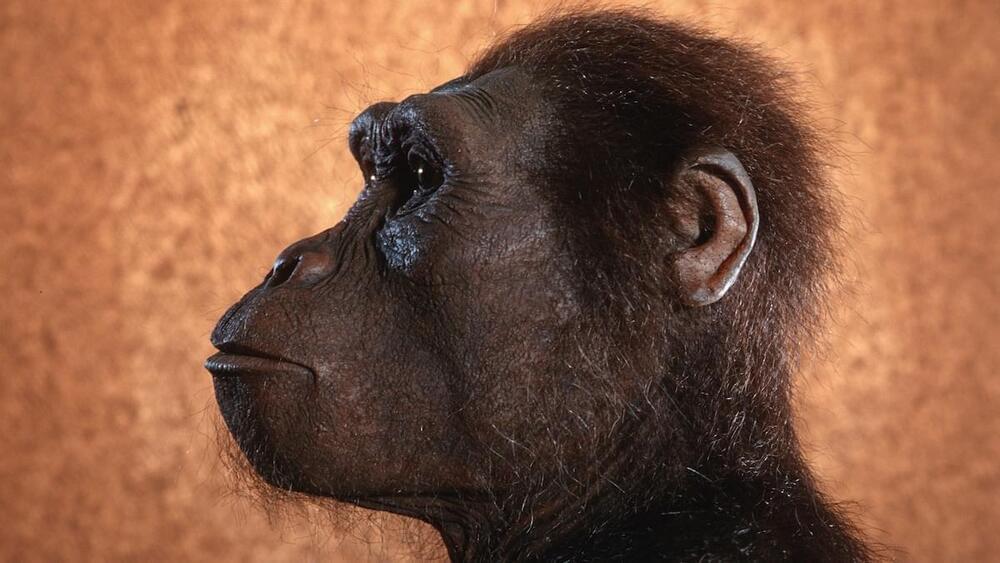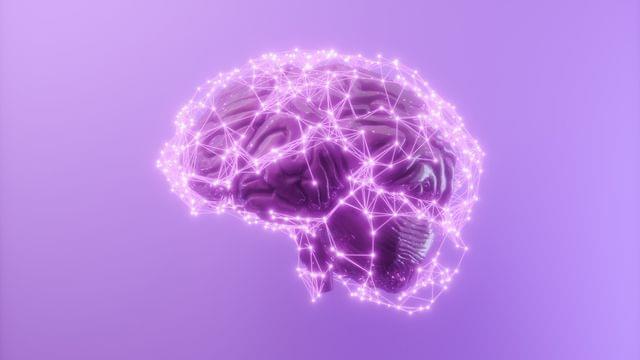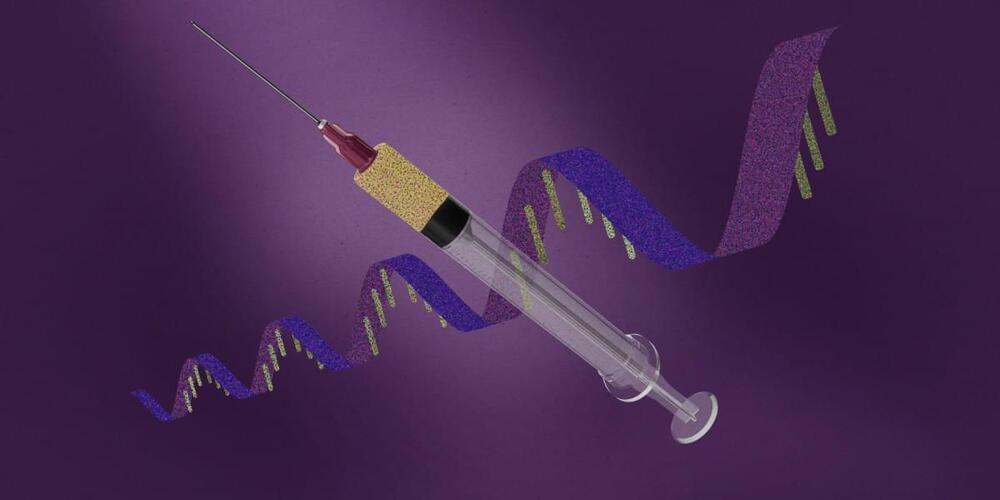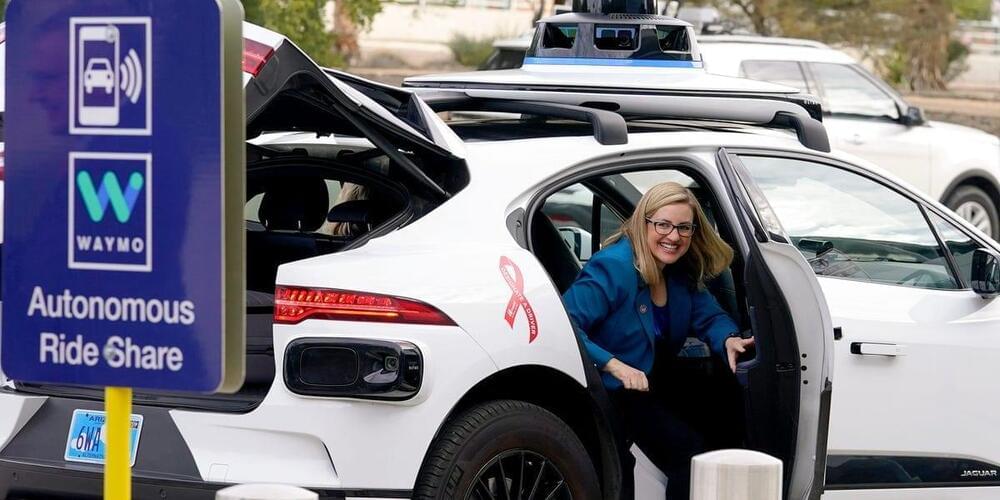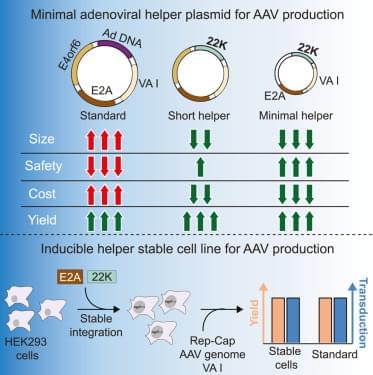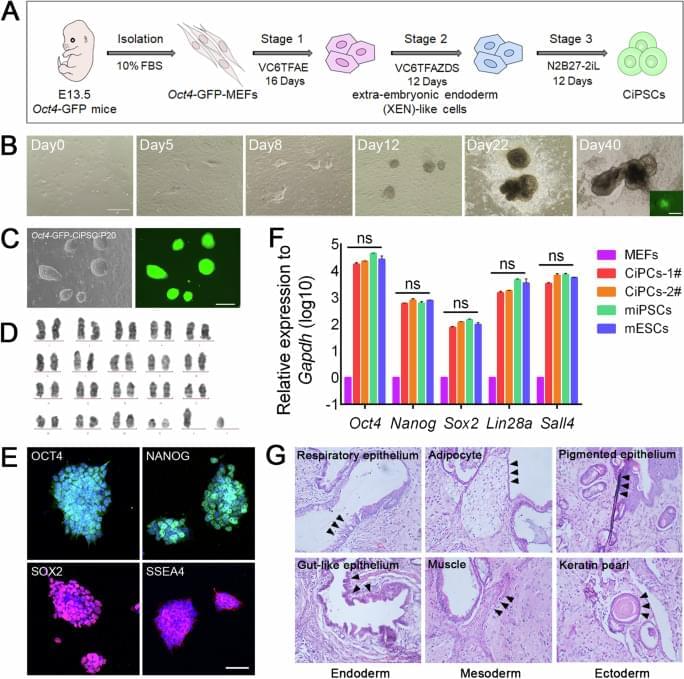Paleontologists unearthed the iconic fossil in 1974. Today, her legacy remains just as much cultural as it is scientific.
From entire islands to storied rock formations, iconic landmarks have been lost to history. But it’s not too late to see, and appreciate, those that remain.
Explore how advanced tech frees us from industrial drudgery, reclaiming the humanity we once sacrificed to become machines.
Next in our New Year countdown, a study found that traumatic experiences during childhood may impair muscle function later in life.
Read more.
A University of Michigan study has shown that traumatic experiences during childhood may get “under the skin” later in life, impairing the muscle function of people as they age.
The study examined the function of skeletal muscle of older adults paired with surveys of adverse events they had experienced in childhood. It found that people who experienced greater childhood adversity, reporting one or more adverse events, had poorer muscle metabolism later in life. The research, led by University of Michigan Institute for Social Research scientist Kate Duchowny, is published in Science Advances.
Adding a photocopier gene to mRNA vaccines could make them last longer and curb side effects.
Uber and Lyft drivers in Phoenix and Los Angeles are facing increasing challenges as driverless taxis, notably Waymo One, enter the market. These autonomous vehicles are making an already competitive ride-hailing industry even tougher for human drivers.
According to Jacob Zinkula’s report, driverless taxis are significantly impacting the ride-hailing landscape in key markets like Phoenix and Los Angeles. Jason D., a 50-year-old Uber driver based in Phoenix, attributes his decreasing earnings to the influx of Waymo One robotaxis. He notes that heightened competition and operational costs, along with reduced fares and tips, are exacerbating income challenges for both full-time and part-time drivers.
Waymo One, operating under Alphabet, has rolled out over 100,000 paid rides weekly across Los Angeles, San Francisco, and Phoenix. With planned expansions to Atlanta and Austin, these vehicles are set to be integrated into the Uber app. Despite potential regulatory hurdles and safety considerations, experts in the ride-hailing field anticipate a gradual decline in Uber and Lyft drivers’ earnings as autonomous vehicles become more commonplace.
Doshi et al. present a very nice systematic evaluation of minimal requirements for adenoviral helper genes necessary in production of AAVs, as well as some progress towards stable cell lines with integrated helper genes.
The replication-defective adeno-associated virus (AAV) is extensively utilized as a research tool or vector for gene therapy. The production process of AAV remains intricate, expensive, and mechanistically underexplored. With the aim of enhancing AAV manufacturing efficiencies in mammalian cells, we revisited the questions and optimization surrounding the requirement of the various adenoviral helper genes in enabling AAV production. First, we refined the minimal set of adenoviral genes in HEK293 AAV production to E2A, L4-22K/33K, and VA RNA I. These findings challenge the previously accepted necessity of adenoviral E4orf6 in AAV production. In addition, we identified L4-22K genes as crucial helpers for AAV production.
Zhao, N., Zhang, CJ., Zhang, X. et al. npj Regen Med 9, 42 (2024). https://doi.org/10.1038/s41536-024-00387-7
The average American consumer is starting to pay for the additional power consumed by new data centers.
